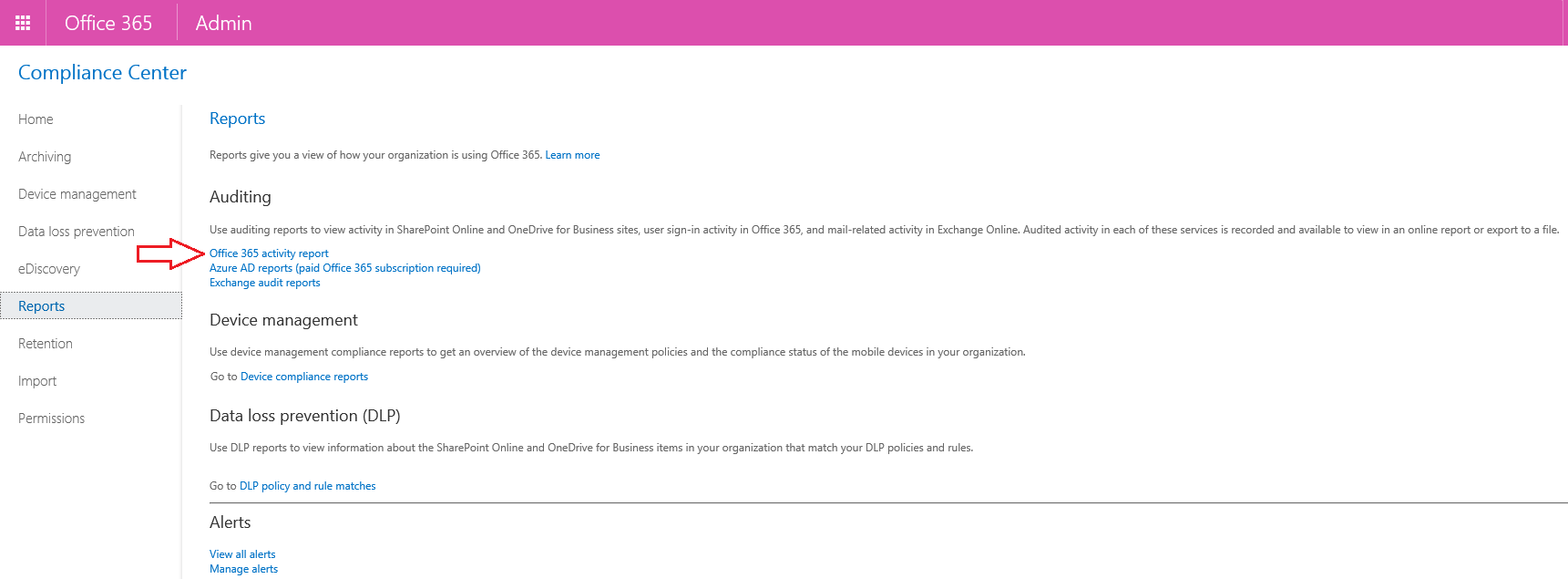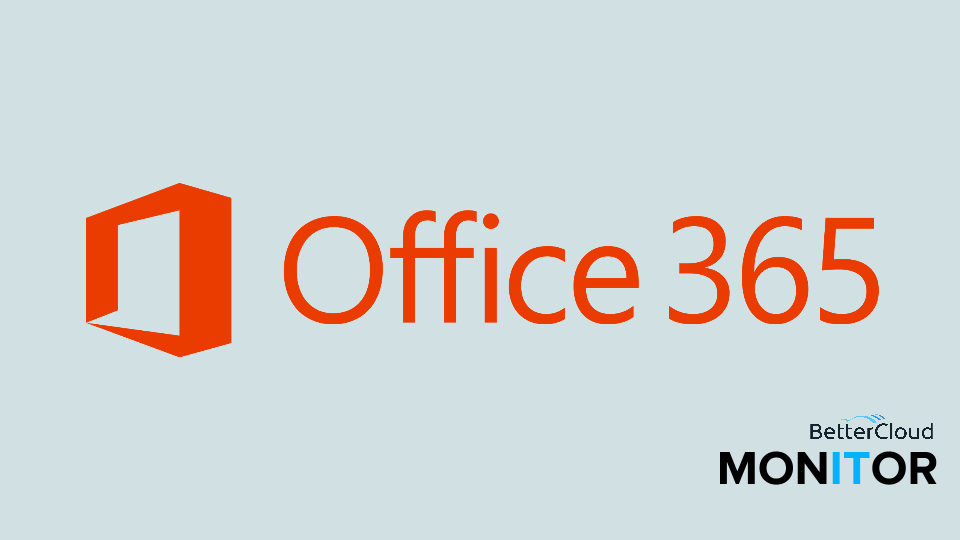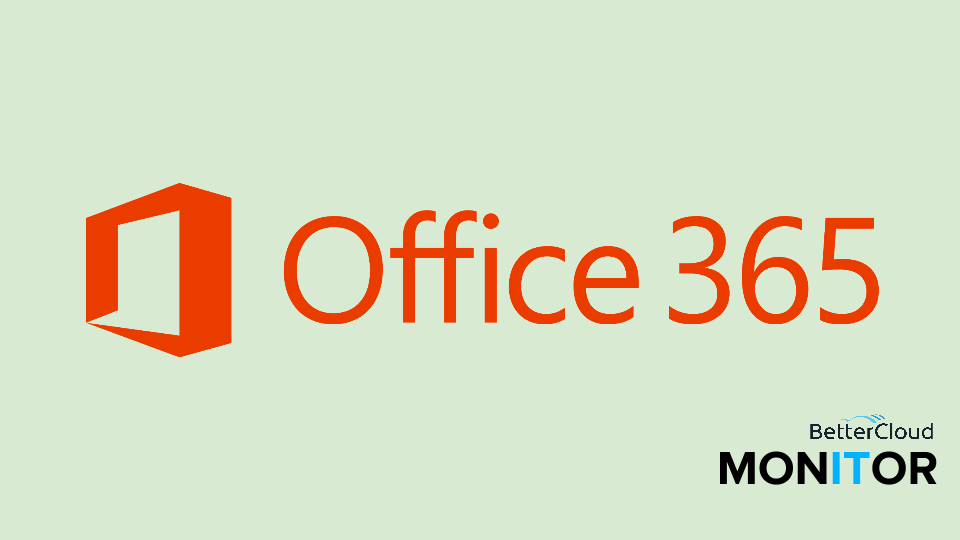9 Office 365 Updates You Might've Missed in July
4 minute read

July was full of feature enhancements, product updates, and new releases. Here are some of our favorites.
1. New Skype for Business features announced (in preview)
 O365 for Business users can now register for three great new features: Skype Meeting Broadcast, PSTN Conferencing, and Cloud PBX with PSTN Calling. The meeting broadcast service allows a Skype for Business meeting to be attended on nearly any device by up to 10,000 people, featuring integration with Bing Pulse, for real-time polling and Yammer for dialogue during the broadcast. PSTN conferencing allows for calling into a meeting via phone, and Cloud PBX with PSTN Calling “provides people the ability to make and receive traditional phone calls in their Skype for Business client, and manage these calls with features like hold, resume, forward and transfer.” Click here for more.
O365 for Business users can now register for three great new features: Skype Meeting Broadcast, PSTN Conferencing, and Cloud PBX with PSTN Calling. The meeting broadcast service allows a Skype for Business meeting to be attended on nearly any device by up to 10,000 people, featuring integration with Bing Pulse, for real-time polling and Yammer for dialogue during the broadcast. PSTN conferencing allows for calling into a meeting via phone, and Cloud PBX with PSTN Calling “provides people the ability to make and receive traditional phone calls in their Skype for Business client, and manage these calls with features like hold, resume, forward and transfer.” Click here for more.
2. Seamless integration with educational open source software
Office 365 is evolving in the educational market, with open source integration with Open edX and Moodle. Chances are, if you’re in an educational setting, you’ve used an LMS (Learning Management System) or MOOC (Massive Open Online Course) platform such as Moodle or Open edX, and now you can move back and forth between Office 365 and these programs. For example, you might use OneNote or Word to create content, OneDrive to store documents, and Outlook to manage your calendar. In Moodle you can login via Office 365 SSO, and use Office 365 services across the environment. Click here for more.
3. New activity logging and visibility reports

In July, the Office 365 team announced some new capabilities that will give customers more visibility into content and activities in their tenants, “including the Office 365 activity report, comprehensive logging capability, PowerShell command or cmdlet and a preview of the Office 365 Management Activity API.” Learn more about these three new capabilities in this post: Office 365 Now Offers New Activity Logging and Reporting Capabilities.
4. Office 2016 for Mac general availability
Office 2016 for Mac was released, with availability in 139 countries and 16 languages. Word, Excel, PowerPoint, Outlook, and OneNote got a more familiar look, with the addition of the Ribbon and task panes. It’s also cloud-connected, so you can use all the OneDrive for Business features you know and love. Office for Mac also will continue to improve over time. Click here for more.
5. New IT management capabilities added to OneDrive for Business
OneDrive for Business now includes new controls for IT administrators, including limiting file sync to managed (domain joined) PCs, auditing for all actions taken against ODfB files, Mobile Device Management policies that apply to ODfB data, the ability to set storage quotas smaller than 1 TB, controls for the “Shared with Everyone” folder and sharing options in general, and more to come that you can see here. Check out the video below for the Office Garage team’s take on the new IT controls in ODfB:

6. Document collaboration enhancements in Yammer
The Yammer team announced new features that further Office 365’s already-impressive collaboration capabilities. First, you’re now able to open a file from Yammer in Office Online, edit, and close the file to return to Yammer, with all changes recorded in Yammer itself (i.e. version history). Soon, you’ll be able to co-author in real-time and use Bing Translator to translate documents in 30+ languages. You’ll also be able to use these document collaboration features with external participants, like customers, partners, and vendors. These changes are enhanced by improvements to the reliability and performance across Yammer. More here.
7. New Send app unveiled
In late July Microsoft launched a new app designed for “brief, snappy” communications in Office 365 for Business: Send. It’s a cross between email and text messaging that allows for quick communication without signatures or subject lines to anyone in your contacts list, even those whose phone numbers you don’t have. Its conversations are synced with Outlook, so you can continue your conversation there if necessary, and uses Azure AD authentication and Exchange to transport and store messages. It’s currently available in iPhone in the US.
8. Azure Rights Management support comes to iPad and iPhone
As part of Microsoft’s commitment to bringing encryption technologies to all platforms, Azure Rights Management is now available in Office for iPad and iPhone. This functionality allows for viewing rights-protected content on iPad and iPhone, natively in Word, Excel, and PowerPoint. Documents will be displayed “with full file fidelity, retaining the same viewing rights permissions originally assigned to the document.” The team is also working hard to bring Azure Rights Management to more platforms. You can read more about this on the Office Blogs here.
9. Windows 10 released
Last but not least, Microsoft celebrated the unveiling of Windows 10, now available across 190 countries with a free upgrade or with new PCs and tablets. Office Mobile (or universal) apps are a big part of this release, providing a touch- and mobile-friendly Office experience made for tablets and other mobile devices. Windows 10 will also support Office 2016, still in preview mode but expected to be officially released sometime this fall. Office 2016 will bring great accessibility and collaboration features. You can read more about these in our post, Looking Forward to Office on Windows 10.






